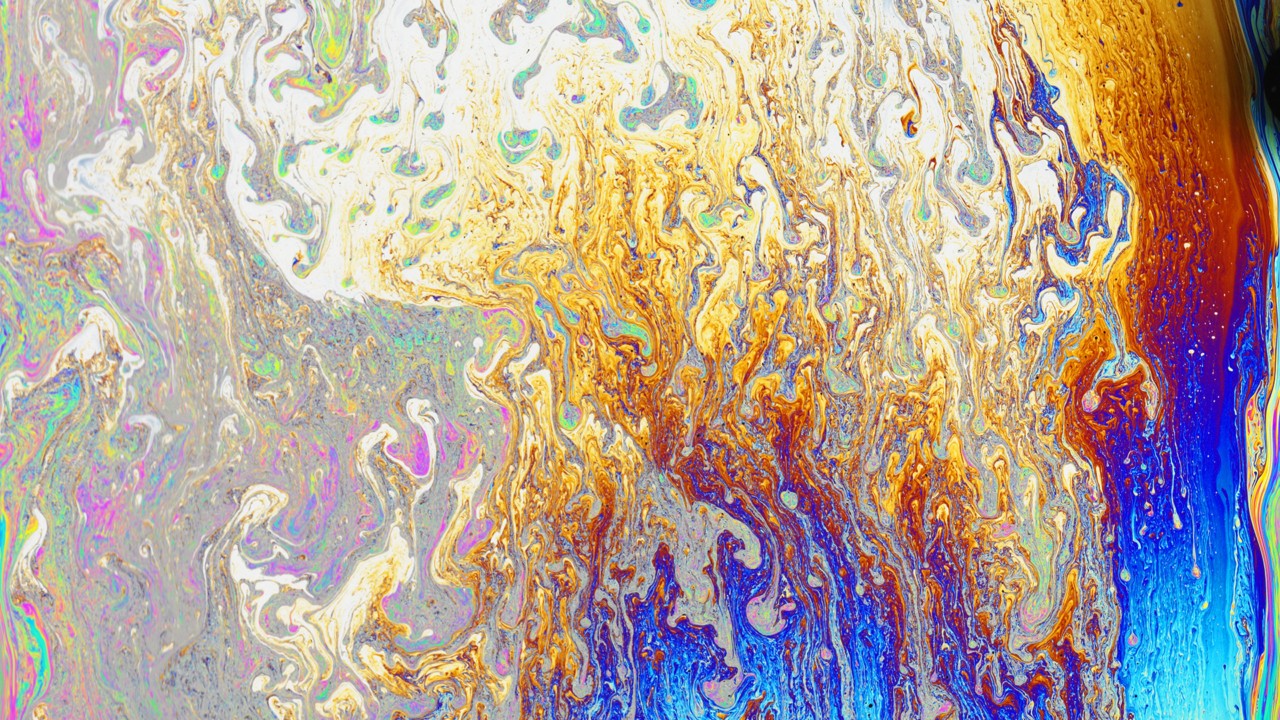

Photograph by Kenji Toma / Trunk Archive
words by willow defebaugh
“You have to know the past to understand the present.”
This morning, I was savoring the sweet smell of trees in bloom on my street when a large truck passed by, leaving an odor of noxious fumes in its wake. It’s not an uncommon occurrence while living in a big city, but it made me think about one aspect of nature that has wafted through numerous editions of this newsletter without forming the subject of any: fossil fuels. You likely know that they are responsible for the climate crisis, but have you ever wondered what they are?
Fossil fuels are remnants of the dead. They are made of decomposing flora and fauna that have amassed in the planet’s crust over millennia. Being rich in carbon and hydrogen makes them potent fuels, capable of being burned to create energy. In the process, carbon dioxide and other greenhouse gases are released, trapping heat in the planet’s atmosphere and causing it to warm. The three main forms of fossil fuels used in our world today are coal, oil, and natural gas.
300 to 360 million years ago during the Carboniferous period, long before the dinosaurs, giant plants unfurled into lowland swamp forests. They captured so much carbon dioxide from the atmosphere that oxygen levels rose to impressive heights, allowing life to grow to unimaginable scales (think three-foot scorpions and bird-sized dragonflies). Over time, the organic plant matter of these immense trees, mosses, and ferns sank into the muddy earth, where heat and pressure condensed them into chunks of highly carbonized rock that we mine as coal.
Later, during the Mesozoic period—between 66 and 252 million years ago—plankton, algae, and other seafaring lifeforms sank to the bottom of the Ocean where they were eventually buried by time and water. In these marine environments, the weight of mounting layers of sand and silt, rocks and broken earth, transformed this matter into crude oil or petroleum that we extract through on and offshore wells. From life-giving water, we draw liquid death.
The high temperatures and pressures that cause this carbon matter to break down can also trigger the release of methane, the main component of the mix of hydrocarbons known as natural gas. It’s often found in or near oil deposits, either in large spaces between rocks and sediment layers, or trapped in the small pores of shale and sandstone. And while the fossil fuel industry didn’t invent the name natural gas, it has reaped the benefits of this misleading moniker.
According to the 2023 Statistical Review of World Energy, fossil fuels account for 82% of global energy consumption—despite that scientists have urged we abandon them in order to mitigate the worst effects of the climate crisis. A new report released by the Carbon Majors Database this week found that just 57 companies are responsible for 80% of greenhouse gas emissions since 2016. That was the year that countries convened in Paris and pledged to lower emissions, yet researchers have found most mega producers have increased fossil fuel outputs in the time since.
Fossil fuels are a non-renewable resource; they formed over millions of years. Not only are they short-sighted in comparison to renewable energy such as wind and solar, they represent a deeper disconnect human beings have developed with the rest of nature. We burn once-living beings to fuel our modern world. Fossil fuels are not inherently evil, but our reliance on them has taken a twisted shape—one that turns death into more death, a chain rather than a wheel. How does it change things for us to know that what powers many of our cars and homes was once alive?
A trillions-dollar industry sees only the green of profit, rather than the verdant life it once was, now dark as death. If only we could look into that liquid night and in its iridescent sheen, glean traces of the tree of life that grew and withered and shaped this planet. Fossil fuels keep us tethered to yesterday, but we can free ourselves from a bleaker tomorrow if we respect the life that came before us and will one day follow. If we can learn from the past, rather than burn it.
Correction,
April 12, 2024 10:00 am
ET
This story has been updated to clarify that a new report found 57 companies to be responsible for 80% of carbon dioxide emissions since 2016. The original text said the companies were responsible for 80% of greenhouse gas emissions.
Past Lives